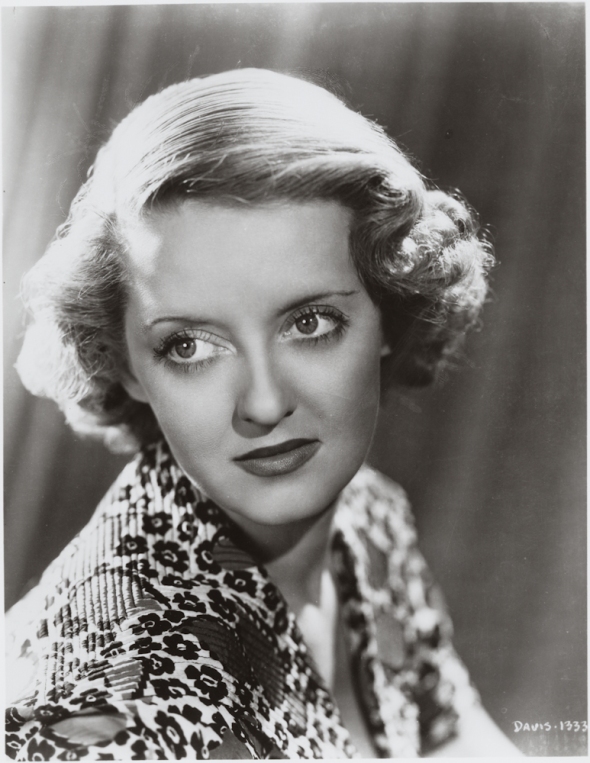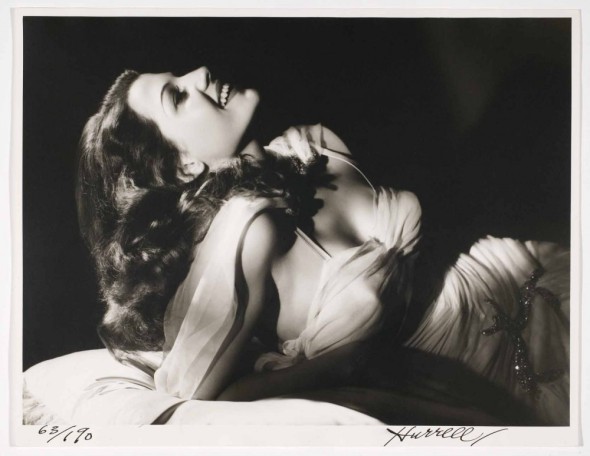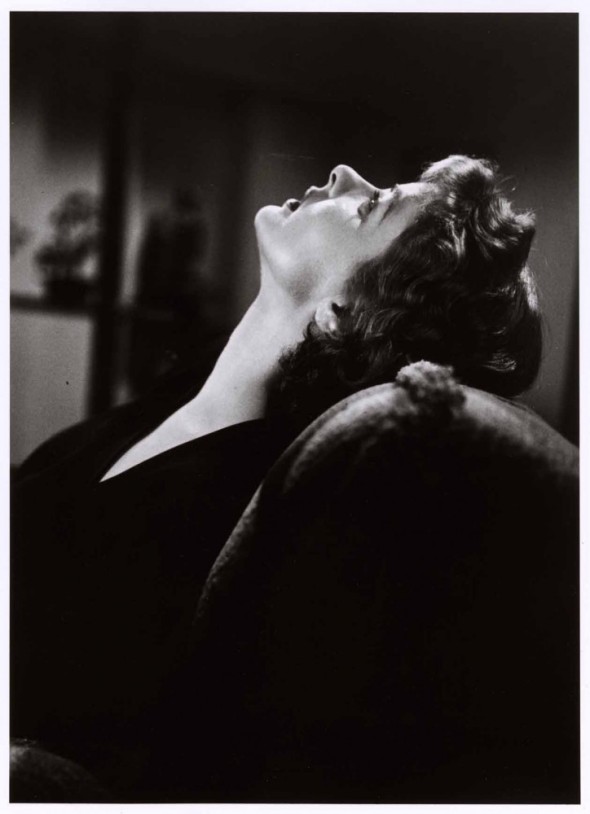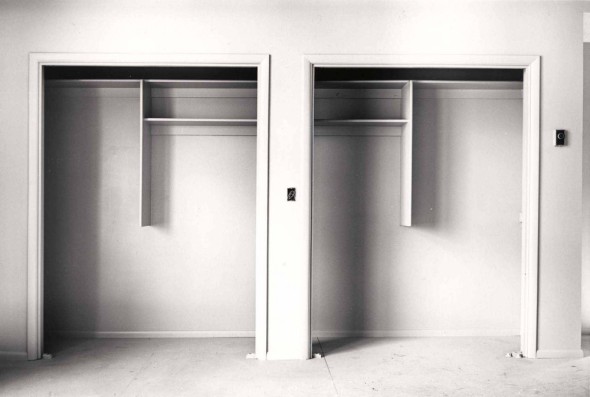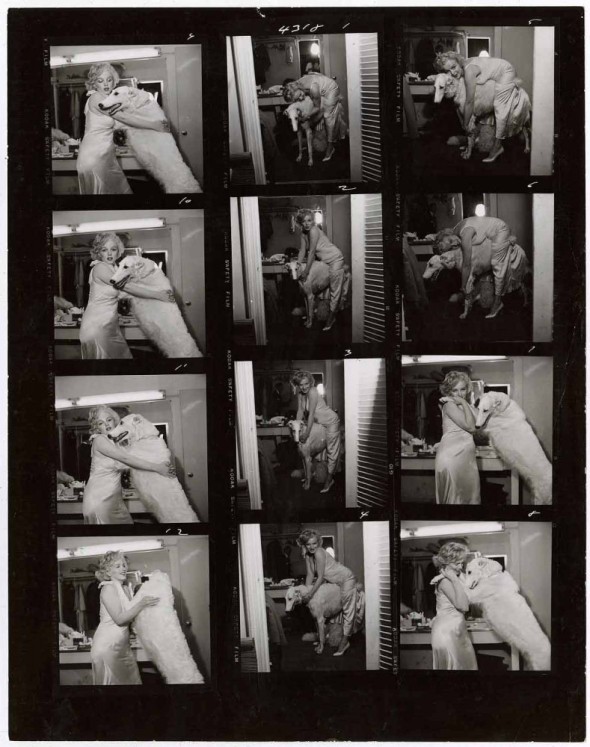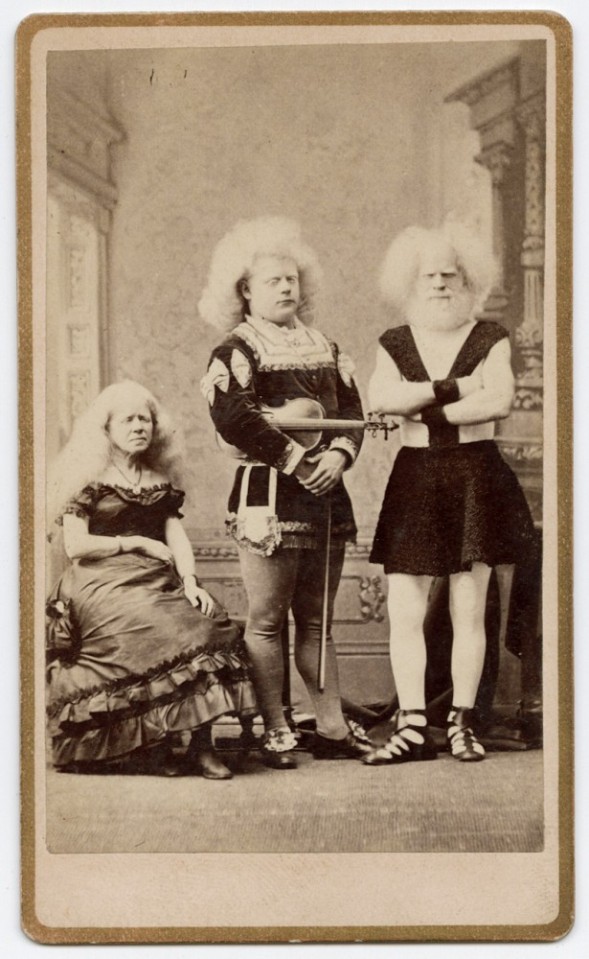12/31/11
12/28/11
Richard Tepe
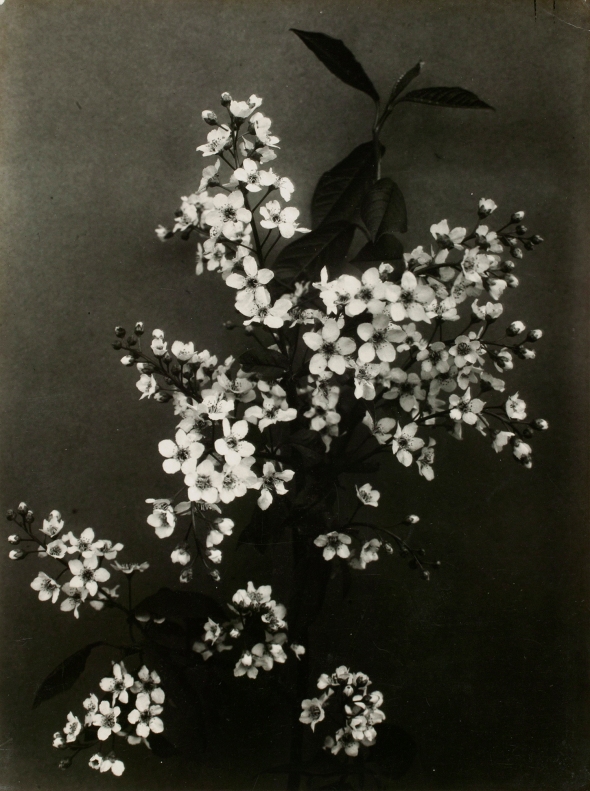 |
Richard Tepe, Bloeiende tak (Flowering branch), ca. 1910–40
|
 |
| Richard Tepe, Vink bij zijn nest met jongen deze voederend (Finch feeding its young), ca. 1910–40 |
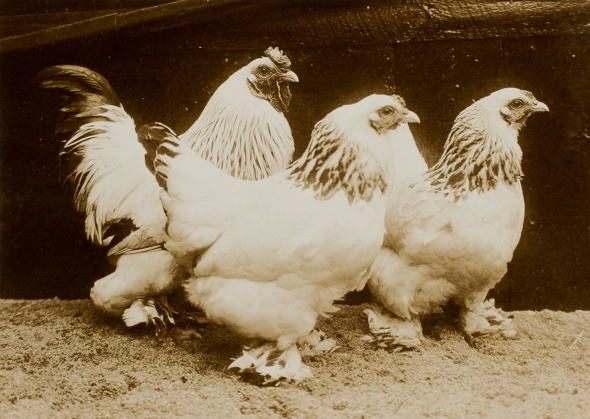 |
| Richard Tepe, Trio haantje met twee hennetjes (Trio: rooster with three hens), ca. 1910–40
Richard Tepe was one of the first photographers in the Netherlands to photograph nature and to point out the importance of its preservation. Although his work was well known and widely published and exhibited in the early part of the twentieth century, his name was quickly forgotten after his death in 1952.
Tepe was born in Amsterdam in 1864, where he was raised by his grandparents and grew up in an upper-class, Catholic environment. His grandfather owned a textile company and one of Tepe’s relatives was one of the master builders of the well-known Krijtberg church at the Singel canal in Amsterdam.
Tepe was both co-founder and member of several ornithologist and natural preservation clubs and became a member of the Netherlands Patrons of Photographers Association in 1909. It is unclear why he became interested in photography, but it is evident that his interest was not limited to the aesthetic qualities of the photographic image. The aspect of “knowledge” enclosed in the photographic medium was equally important to him. The visual qualities of photography offered opportunities to analyze the subject of research, which is probably how Tepe intended to use his photographs: as an exact copy of nature to study his field work.
In his oeuvre Tepe focused on birds, nests, animals, and landscapes, but he also photographed still lifes and genre scenes. The Rijksmuseum holds approximately 300 of his prints in their collection, and 3,000 original glass plates that were once archived in Amsterdam were transferred to theFotomuseum in Rotterdam in 2000, which shows a selection of his work online.
Source: Christiane Kuhlmann, Richard Tepe: Photography of Nature in the Netherlands 1900–1940, Amsterdam: Rijksmuseum and New Amsterdam Publishers, 2007
|
Cy Twombly: Photographs and Text by David Seidner
Cy Twombly’s studio is in Lexington, Virginia, his original hometown. Though he now commutes between Lexington and Rome, and has spent a good deal of his life in Italy, he has never lost the drawl of a Southern gentleman. These photographs were taken on a glorious Spring day, a bit cool and foggy in the morning but clearing to reveal great expanses of green rolling hills. Lexington is horse country and the home of a famous military institute. Everywhere gorgeous cookie-cutter cadets in starched and pressed uniforms marched about with impeccable posture. Cy’s father was an important political figure in this part of the country, and a high-school gymnasium is named after Twombly. We began our day with a quick visit to his simple white clapboard house, homey and comfortable at the end of a long drive. Then we went to the make shift studio–a warehouse that is about a five or ten minute ride from the house… When I asked Cy about the near absence of brushes he said, “Oh, I never use brushes.” What do you use?” I asked. And he answered, “Oh, rags, sticks… whatever I can get my hands on.”
Screen Sirens of the 1940s
Vitas Luckas
Vitas Luckus was born on May 29, 1943 in Kaunas, Lithuania. At the age of eighteen, after graduating with a degree in drawing and painting, his parents gave him an AGFA camera, which initiated his fascination in photography. In the following years he developed a great interest in art photography and became a member of the Kaunas Photo Club, to which he was elected president a few years later.
According to Luckus, the conventional use of light and visual arrangement of a photograph would leave out essential elements that could retrieve the vitality and different levels of reality. He advocated a style in which there was no hierarchy of meaning: every element in the photographic composition was of equal importance. Only then was it possible to capture the “truth” and represent the essence of a scene, of life itself.
For his series, and last work, Attitude towards Old Photography, Luckus made montages from a large collection of photographic images other than his own. In the book he created of these works, text and titles were deliberately excluded to maintain the unity of his constructed realism. In his diary he wrote:
In the beginning I tried to classify my work according to social phenomena and photographical style, emphasizing the topic of life and death. This made me feel like a Lithuanian artist carving statues of God or the saints. When I put everything on the table, however, I felt like a god myself. In front of me I had an Asian and a Red Indian, a Negro, a white, a Moslem, a Buddhist, a Christian, the Czarist army, the Polish army, the Kaiser, the war, funerals and weddings. I shuffled thousands of images into a heap an found they were an orderly heap of life, because everything here was life and because all of us, whether a boxer, a Czar, a beggar or a half-naked woman were disclosed here. Archive photography seemed to me to reflect a bottomless well, waiting for someone to look into it and understand it.
Luckus was known to drink excessively and experienced ongoing confrontation with the authorities. This battle was set off by his refusal to adhere to the conventional standards of beauty, regulations that were firmly guarded by the Lithuanian government. In 1987, during a visit from several men to his home, Luckus got into an argument with one of the men, who was later identified as a KGB agent. The fight became violent and Luckus stabbed and killed the man. Only moments after the incident, Tanya Luckiene, his wife, found Luckus: he had jumped to his death from their balcony.
Together with Aleksandras Macijauskas, Vitas Luckus is considered to be a reformer of the traditional romantic realism within Lithuanian photography.
Source: Vitas Luckus: The Hard Way. Photographer, Lithuania, 1943–1987. Zurich: Edition Stemmle, 1994
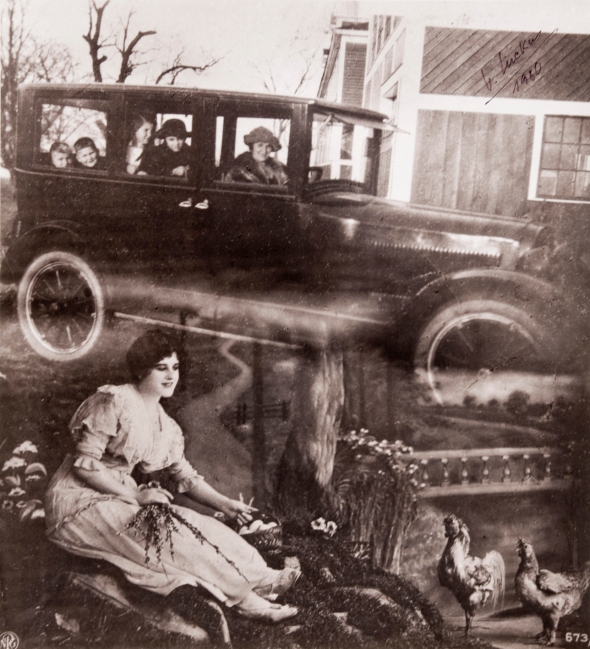 |
Vitas Luckus, Holiday mood, 1980
|
 |
Vitas Luckus, Different water, 1980
|
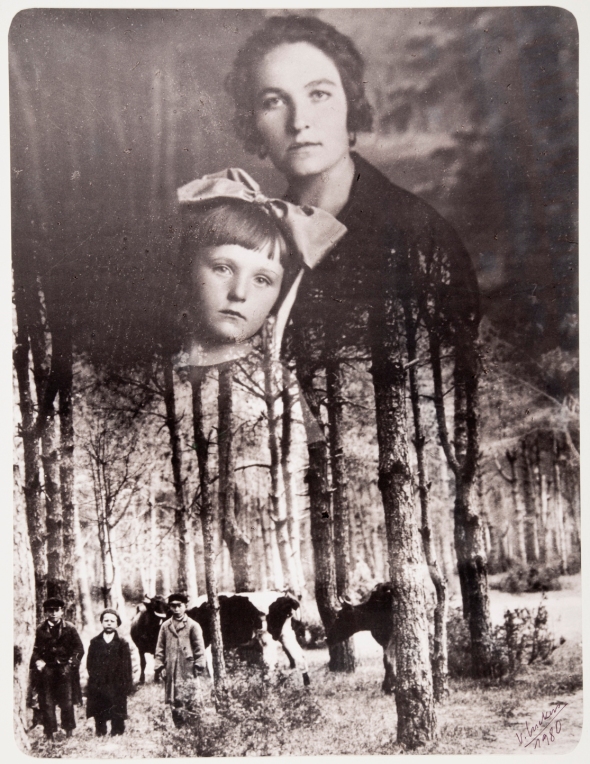 |
Vitas Luckus, It seems nobody of them to be alive now, 1980
|
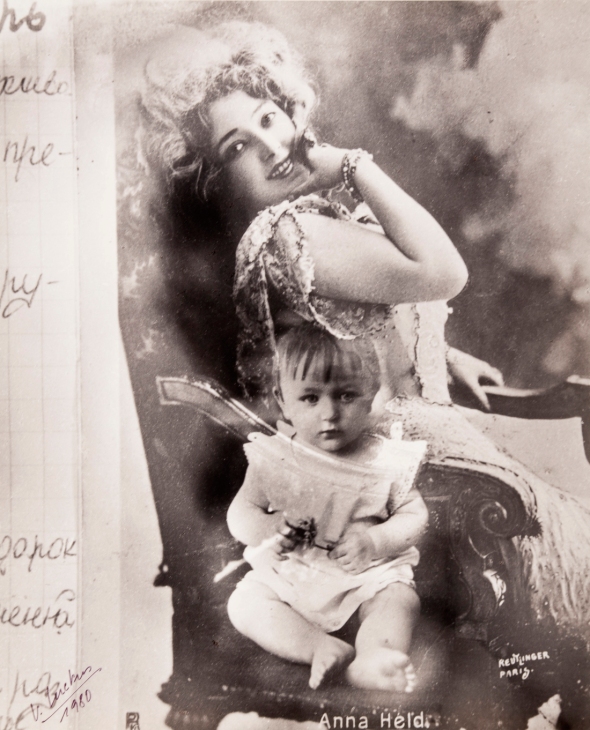 |
Vitas Luckus, Anna, 1980
|
Autochromes
John B. Trevor (1878–1956) was an American lawyer and one of the most influential unelected officials active in the Immigration Act of 1924. After World War I, Trevor was a captain in a military intelligence unit in the U.S. Army and was decorated as Chevalier in the French Légion d’Honneur for his assistance to the French Army. A passionate amateur photographer, Trevor discovered Autochrome Lumiere plates in 1907 while vacationing in France. ICP’s collection of Trevor’s autochromes depicts his family, friends and curios he collected from his many vacations aboard. This collection is a brilliant observation of a lifestyle well forgotten but preserved in such a magnificent process.
Brian Paumier, ICP-Bard MFA, 2012
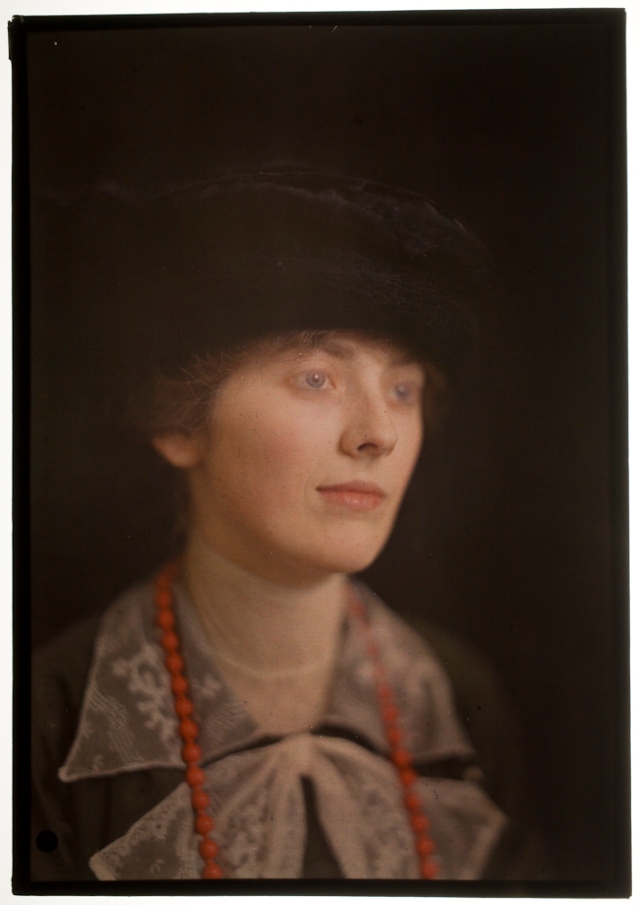 |
John B. Trevor, Emily Winthrop, 1910
|
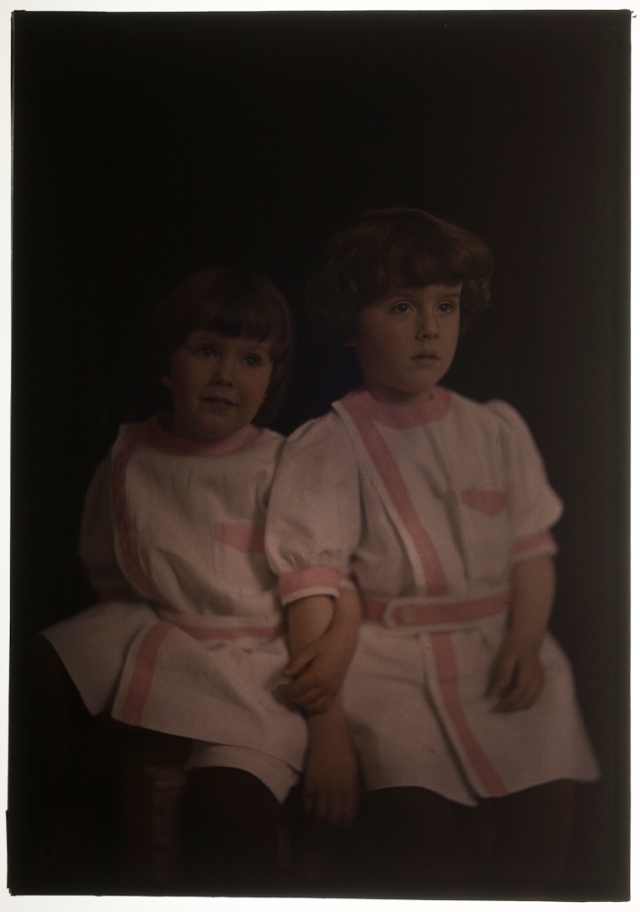 | ||
John B. Trevor, John B. Trevor and Bronson Trevor, ca. 1912
|
 |
| J. B Trevor, Mrs. John B. Trevor, ca. 1914 |
Lewis Baltz
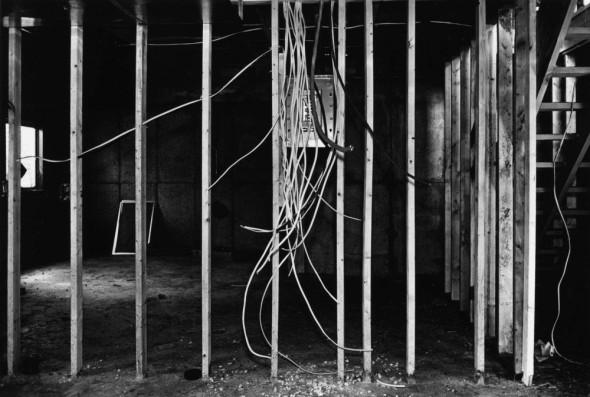 |
| Lewis Baltz, Park City, interior, 9, from the Park City series, 1979 |
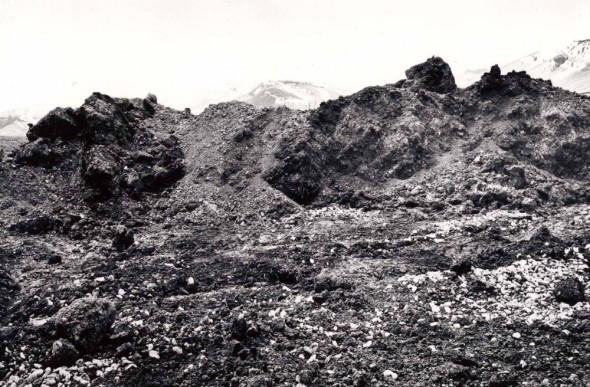 |
Lewis Baltz, Park Meadows, Subdivision 2, Lot 64, looking West, from the Park City series, 1979
|
photographer Brett Weston
Brett Weston (American, 1911-1993), son of the renowned American photographer Edward Weston (1886-1958), explores the relationships between spaces and planes flawlessly throughout his corpus of work. At times, context is avoided in favor of ambiguity and eventually certain works begin to transform across dimensions. Simply put, Weston’s photography has the ability to synthesize nature and naturalize the synthetic–truly, and completely, altering our perception of the world around us.
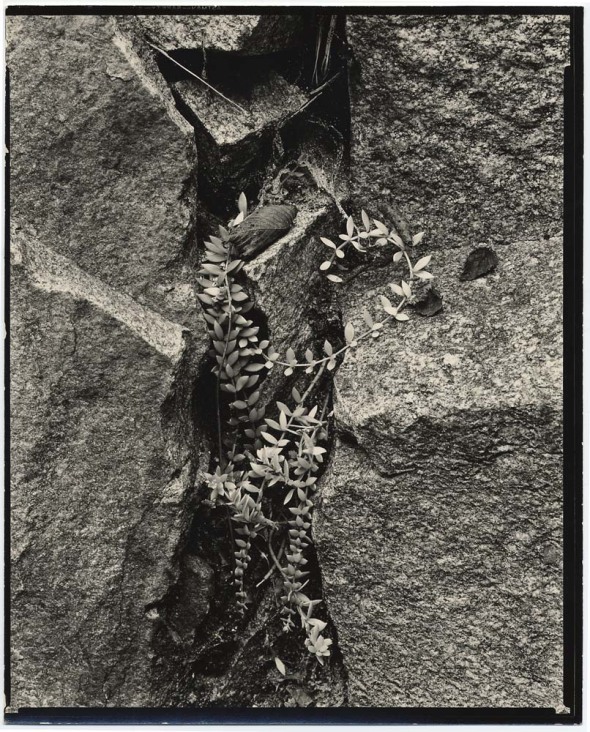 |
| Brett Weston, Lichen Covered Rock with Viny Succulent, ca. 1950 |
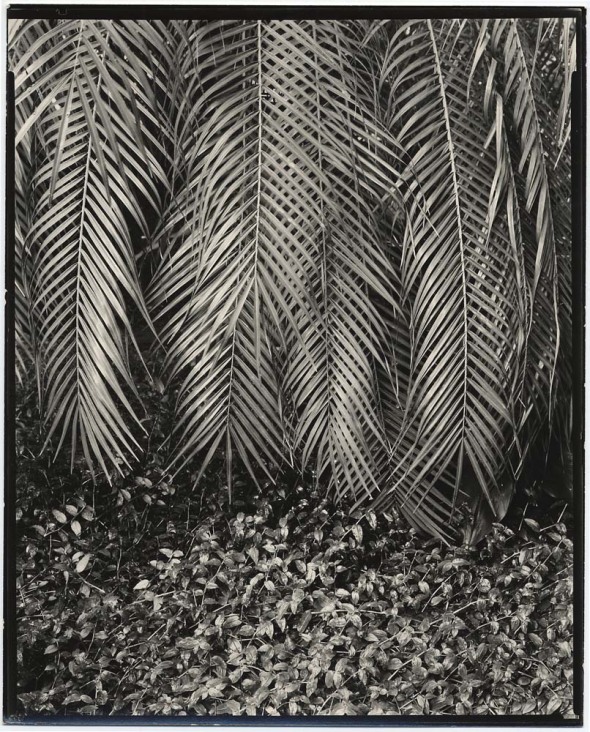 |
| Brett Weston, Hanging Leaves and Ground Cover, Bronx Botanical Garden, 1945 |
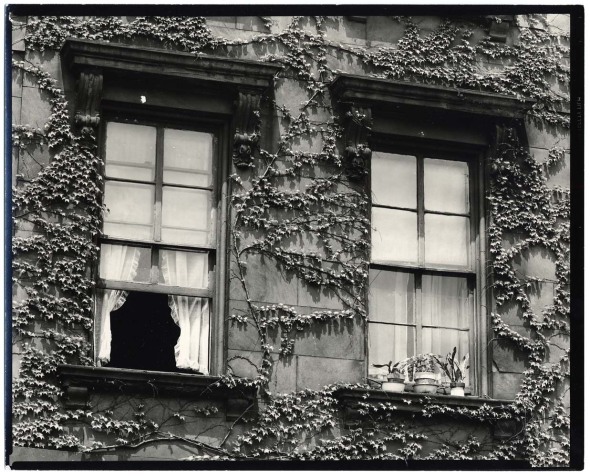 |
| Brett Weston, Two Windows with Ivy, New York, ca. 1945 |
 |
| Brett Weston, Apartment Windows with Wrought Iron Gate, New York, 1944 |
 |
| Brett Weston, Reflections, New York, 1971 |
Subscribe to:
Comments (Atom)







